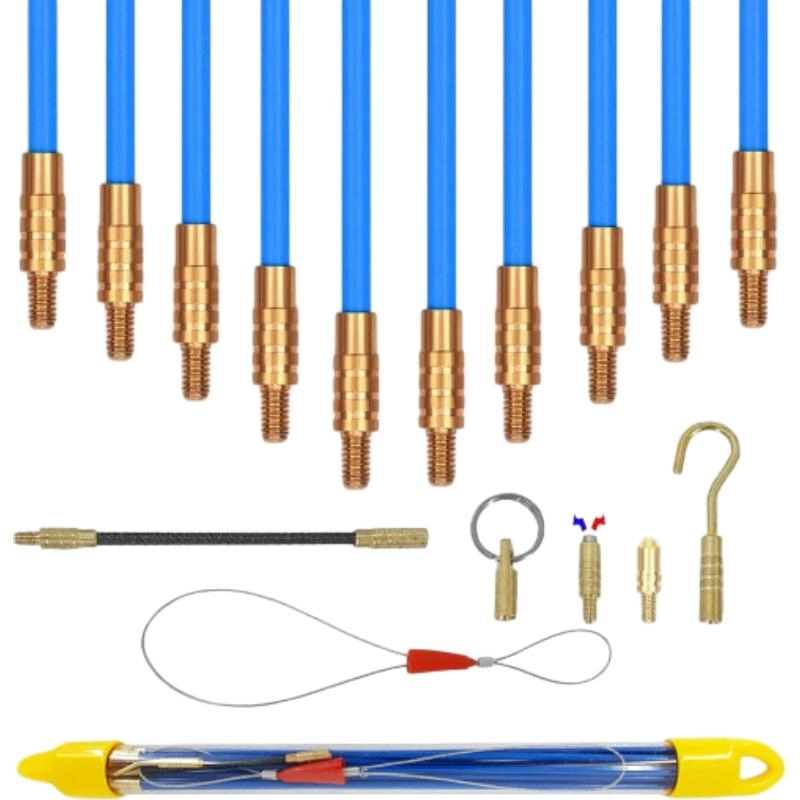
-
 Afrikaans
Afrikaans -
 Albanian
Albanian -
 Amharic
Amharic -
 Arabic
Arabic -
 Armenian
Armenian -
 Azerbaijani
Azerbaijani -
 Basque
Basque -
 Belarusian
Belarusian -
 Bengali
Bengali -
 Bosnian
Bosnian -
 Bulgarian
Bulgarian -
 Catalan
Catalan -
 Cebuano
Cebuano -
 Corsican
Corsican -
 Croatian
Croatian -
 Czech
Czech -
 Danish
Danish -
 Dutch
Dutch -
 English
English -
 Esperanto
Esperanto -
 Estonian
Estonian -
 Finnish
Finnish -
 French
French -
 Frisian
Frisian -
 Galician
Galician -
 Georgian
Georgian -
 German
German -
 Greek
Greek -
 Gujarati
Gujarati -
 Haitian Creole
Haitian Creole -
 hausa
hausa -
 hawaiian
hawaiian -
 Hebrew
Hebrew -
 Hindi
Hindi -
 Miao
Miao -
 Hungarian
Hungarian -
 Icelandic
Icelandic -
 igbo
igbo -
 Indonesian
Indonesian -
 irish
irish -
 Italian
Italian -
 Japanese
Japanese -
 Javanese
Javanese -
 Kannada
Kannada -
 kazakh
kazakh -
 Khmer
Khmer -
 Rwandese
Rwandese -
 Korean
Korean -
 Kurdish
Kurdish -
 Kyrgyz
Kyrgyz -
 Lao
Lao -
 Latin
Latin -
 Latvian
Latvian -
 Lithuanian
Lithuanian -
 Luxembourgish
Luxembourgish -
 Macedonian
Macedonian -
 Malgashi
Malgashi -
 Malay
Malay -
 Malayalam
Malayalam -
 Maltese
Maltese -
 Maori
Maori -
 Marathi
Marathi -
 Mongolian
Mongolian -
 Myanmar
Myanmar -
 Nepali
Nepali -
 Norwegian
Norwegian -
 Norwegian
Norwegian -
 Occitan
Occitan -
 Pashto
Pashto -
 Persian
Persian -
 Polish
Polish -
 Portuguese
Portuguese -
 Punjabi
Punjabi -
 Romanian
Romanian -
 Russian
Russian -
 Samoan
Samoan -
 Scottish Gaelic
Scottish Gaelic -
 Serbian
Serbian -
 Sesotho
Sesotho -
 Shona
Shona -
 Sindhi
Sindhi -
 Sinhala
Sinhala -
 Slovak
Slovak -
 Slovenian
Slovenian -
 Somali
Somali -
 Spanish
Spanish -
 Sundanese
Sundanese -
 Swahili
Swahili -
 Swedish
Swedish -
 Tagalog
Tagalog -
 Tajik
Tajik -
 Tamil
Tamil -
 Tatar
Tatar -
 Telugu
Telugu -
 Thai
Thai -
 Turkish
Turkish -
 Turkmen
Turkmen -
 Ukrainian
Ukrainian -
 Urdu
Urdu -
 Uighur
Uighur -
 Uzbek
Uzbek -
 Vietnamese
Vietnamese -
 Welsh
Welsh -
 Bantu
Bantu -
 Yiddish
Yiddish -
 Yoruba
Yoruba -
 Zulu
Zulu


Aug . 11, 2024 02:46 Back to list
Effective Grounding Solutions with Rods and Wires for Enhanced Electrical Safety and Performance
Understanding Grounding Rods and Wires Importance and Applications
Grounding rods and wires are crucial components in electrical systems, serving as essential safety measures to protect both people and equipment from electrical faults. In this article, we will delve into the purpose of grounding, the specifications of grounding rods and wires, and their applications in various settings.
What is Grounding?
Grounding is the process of connecting electrical equipment to the earth. This connection ensures that, in the event of a fault, excess electrical charge is safely dissipated into the ground. Grounding helps to stabilize voltage levels in an electrical system, prevents damage to equipment, and most importantly, minimizes the risk of electric shock.
Grounding Rods Specifications and Installation
A grounding rod is typically a long, metal rod, often made of copper or galvanized steel, which is driven into the ground. The length and diameter of grounding rods can vary, but common standards dictate a minimum length of 8 feet and a diameter of at least 5/8 inches. This depth helps ensure that the rod reaches a moist soil layer, which is essential for effective conductivity.
The installation of grounding rods is a straightforward process, but it must be done correctly to ensure safety. The rod should be installed vertically, though in some cases it may be permissible to install it at an angle. The top of the rod must be flush with the ground or can be slightly above it, and a grounding wire must be securely connected to the top of the rod. This wire serves as the link between the rod and the electrical system needing grounding.
Grounding Wires Characteristics and Types
grounding rod and wire

Grounding wires are typically made of copper or aluminum and come in various gauges, which determine their current-carrying capacity. The size of the grounding wire is crucial, as it must be adequate to handle potential fault currents. The National Electrical Code (NEC) provides guidelines on wire sizes based on the size of the service entrance conductors and the grounding rod used.
The main function of a grounding wire is to provide a low-resistance path from electrical equipment to the grounding rod. This setup ensures that any stray electricity is safely redirected into the earth, preventing potential hazards.
Applications of Grounding Rods and Wires
Grounding rods and wires are utilized in a wide array of applications. In residential settings, they protect homes from lightning strikes and electrical surges. Grounding systems are also pivotal in industrial facilities, where they safeguard sensitive machinery from electrical faults.
In telecommunications, grounding rods are used to protect communication equipment, ensuring uninterrupted service and the safety of personnel. Wind turbines and solar power systems also employ grounding rods and wires to prevent damage from lightning strikes, which can be particularly damaging to tall structures.
Conclusion
In conclusion, grounding rods and wires play a fundamental role in electrical safety. Their proper installation and maintenance are vital to ensuring that electrical systems operate safely and effectively. As technology continues to advance, the importance of grounding will only increase, underscoring the need for ongoing education and compliance with safety standards in all electrical installations. Understanding and implementing effective grounding practices can significantly enhance the safety of both residential and commercial environments, providing peace of mind for users and operators alike.
Latest news
What Are Construction Tools and How Are They Used?
NewsJul.11,2025
Professional-Grade Duct Rodding Tools for Superior Cable Installation
NewsJul.11,2025
Enhancing Safety and Efficiency with Modern Hot Stick Solutions
NewsJul.11,2025
Empowering Cable Installation with Advanced Rodder Solutions
NewsJul.11,2025
Elevate Your Cable Installation Projects with Cable Pulling Tools
NewsJul.11,2025
Efficient Cable Handling Solutions: Cable Rollers for Sale
NewsJul.11,2025











